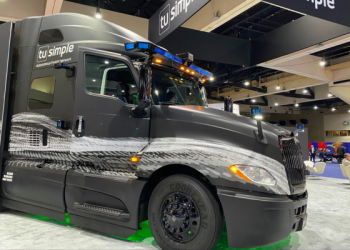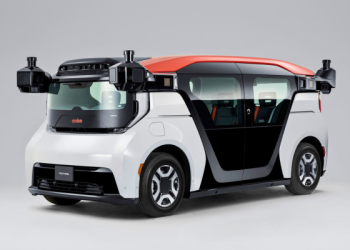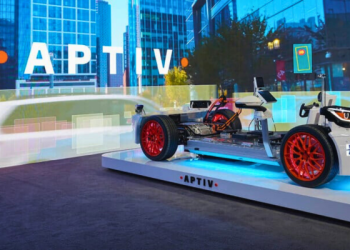The development of autonomous driving technology has spanned decades, and recent years have witnessed remarkable advancements in this field. These advanced driver-assistance systems (ADAS) are intended to keep drivers safe and reduce the likelihood of automobile accidents. The emergence of vehicles with Autopilot capabilities, such as those offered by Tesla, GM, and Audi, is one of the most exciting developments in this field.
Tesla’s Autopilot system is arguably the most ubiquitous and well-known ADAS on the market today. This technology has been in development for years, and is now available on all of the company’s new vehicles. Autopilot utilises cameras, radar, and ultrasonic sensors to detect obstacles, pedestrians, and other vehicles. Additionally, it includes lane departure warning, automatic emergency braking, and adaptive cruise control.
General Motors (GM), another significant player in the ADAS market, offers its Super Cruise system on several Cadillac models. Super Cruise is intended to be a hands-free driving experience, permitting drivers to remove their hands from the steering wheel while the vehicle is in motion. The system employs cameras, LiDAR, and GPS to keep the vehicle on the road and prevent collisions. In addition, it incorporates automatic emergency braking and lane departure warning.
Traffic Jam Pilot is the name of ADAS system, which is designed to take over driving duties in heavy traffic situations. The system utilises sensors, cameras, and software to keep the vehicle on the road and prevent collisions with other vehicles. In addition, it incorporates lane departure warning and adaptive cruise control.
In addition to Tesla, GM, and Audi, the link lists several other automakers that offer vehicles with Autopilot capabilities. One such manufacturer is BMW, which offers Active Driving Assistant on a number of its vehicles. This system incorporates lane departure warning, forward collision warning, and automatic emergency braking features.
Mercedes-Benz also offers a variety of ADAS features, such as the Drive Pilot system, which is available on E-Class models. Drive Pilot features adaptive cruise control, lane departure warning, and automatic emergency braking.
Volvo is another automobile manufacturer that has significantly invested in autonomous driving technology. Pilot Assist is designed to assist drivers in staying in their lanes and avoiding collisions. It has adaptive cruise control, lane-keeping assist, and automatic emergency braking.
Lastly, Nissan offers a system dubbed ProPILOT Assist on a number of its vehicles. This system contains adaptive cruise control, lane departure warning, and automatic emergency braking.
Each of these automobile manufacturers is committed to advancing the development of autonomous driving technology and offering their customers sophisticated safety features. As these systems become more prevalent, we can anticipate that more automakers will offer vehicles with Autopilot capabilities.
It is essential to note, however, that these systems are not fully autonomous and that the driver must remain vigilant and prepared to assume control of the vehicle at any time.
Autopilot-equipped vehicles represent a significant move forward in the evolution of autonomous driving technology. As these systems continue to progress and become more pervasive, we can anticipate further developments in this field in the coming years.
Read more on Self-driving cars: An expert’s perspective on how they work






![GM super cruise [Cadillac, gmauthority]](https://autojournal.africa/wp-content/uploads/2025/01/GM-super-cruise-Cadillac-gmauthority-350x250.png)











![Bentley GTA VI delayed [source MarketWatch]](https://autojournal.africa/wp-content/uploads/2025/11/Bentley-GTA-delayed-source-MarketWatch-120x86.png)


